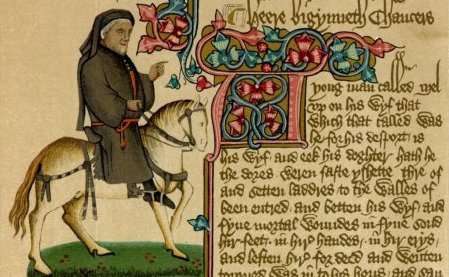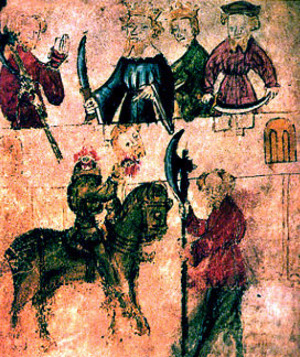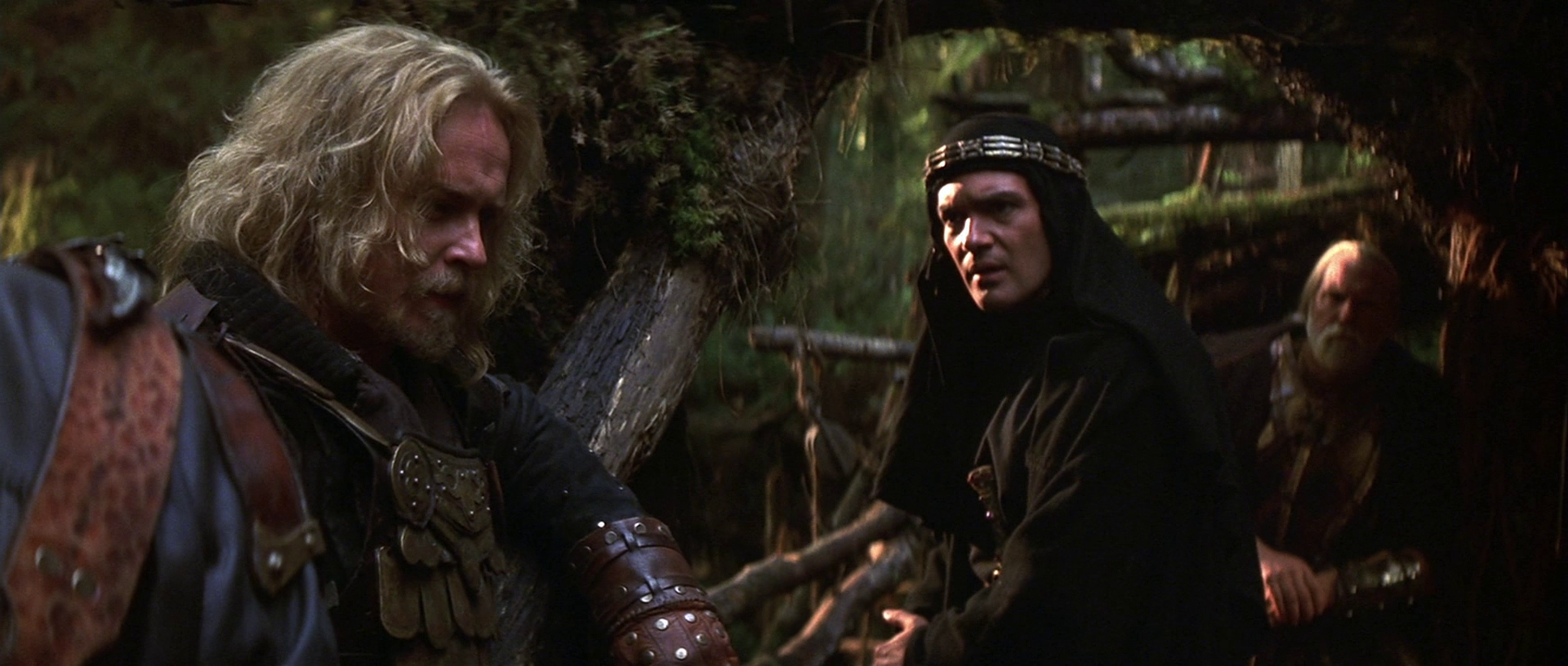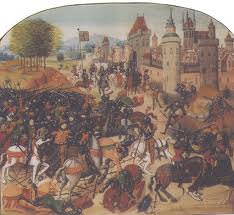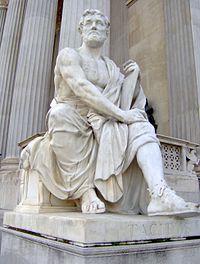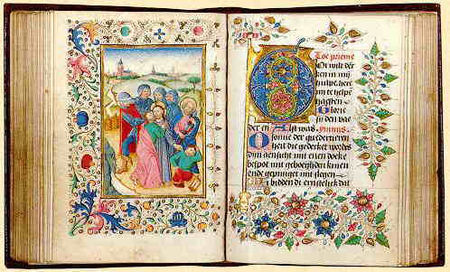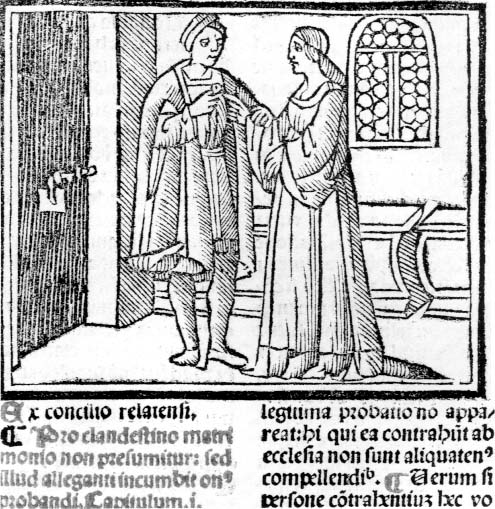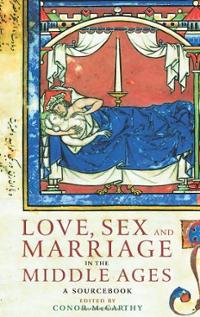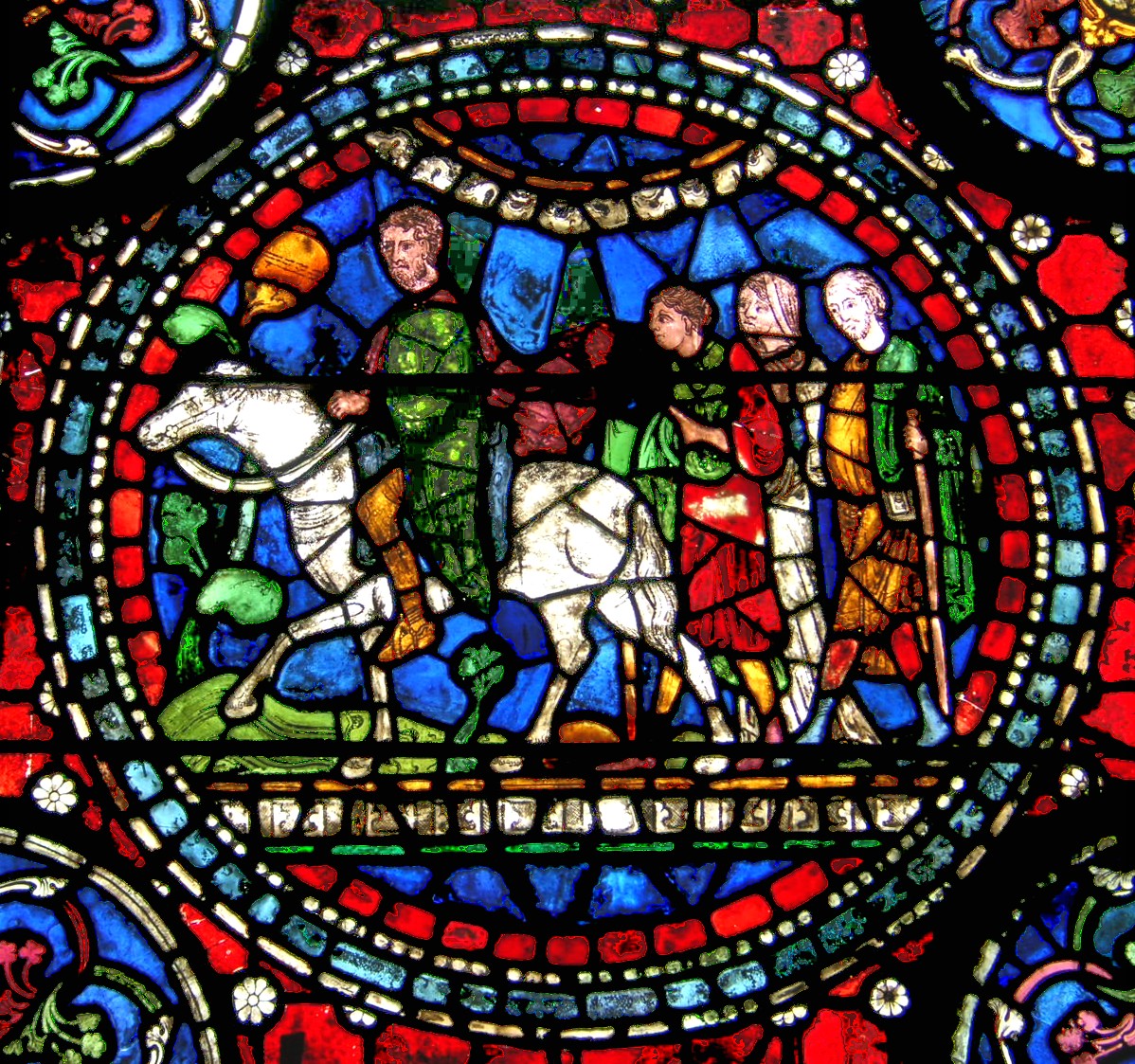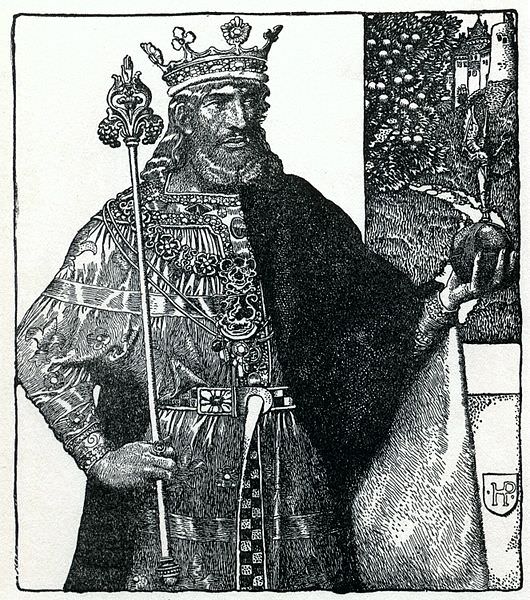The influence of conflicting medieval church and social discourses on individual consciousness : dissociation in the visions of Hadewijch of Brabant
This article examines the influence of the conflicting dis- courses in the medieval church and its social context on the subconscious experiences of Hadewijch of Brabant, a 13th century Flemish visionary, mystical author, vernacular theologian and Beguine leader
10 Things to See at Southwark Cathedral
My 10 favourite things about Southwark Cathedral.
Religious Education as the Basis of Medieval Literature
The medieval literature was written with a purpose to teach Christian dogmas to the masses. The prose and poetry of the time meant to show men the ugliness of sin and the beauty of goodness.
Guilt and Creativity in the Works of Geoffrey Chaucer
I argue that as Chaucer develops his own expansive, questioning poetics in The House of Fame and The Canterbury Tales, he problematises the principle of allegory on which the legitimacy of literary discourse was primarily based in medieval culture and the final fragments of The Canterbury Tales see Chaucer struggling, increasingly, to reconcile the boldness and independence of his poetic vision with the demands of his faith.
Medieval Misogyny and Gawain’s Outburst against Women in “‘Sir Gawain and the Green Knight’
The view has been gaining ground of late that the Gawain of Sir Gawain and the Green Knight, a knight renowned as ‘Pat fyne fader of nurture’ (1. 919) and as ‘so cortays and coynt’ of his ‘hetes’ (1. I525), degenerates at the moment of leave-taking from the Green Knight, his erstwhile host, to the level of a churl capable of abusing the ladies of that knight’s household (11.2411 -28).
Caught in Love’s Grip: Passion and Moral Agency in French Courtly Romance
French royal courts in the late twelfth century were absolutely smitten with love. Troubadaours traveled from place to place reciting stories of knights and the ladies they wooed.
A Kiss Is Just a Kiss: Heterosexuality and Its Consolations in Sir Gawain and the Green Knight
The famous line from that modern romance- “A kiss is just a kiss”- is the message the Gawain-poet gave his listeners six centuries ago.
Making Sacrifices: Beowulf and Film
This essay reviews opening scenes in some recent film Beowulfs, which, although they have nothing at all to say about Scyld Scefing, suggest a sacrificial reading of the prologue and perhaps even the whole poem.
What’s the Matter?: Medieval Literary Theory and the Irish Campaigns in The Bruce
John Barbour’s Bruce, composed in the mid 1370s, is the first long poem in the Scots vernacular. It contains twenty books, the first thirteen of which trace the Wars of Liberty from their origins until triumph at the Battle of Bannockburn. At this point the Irish ‘matter’ enters the poem.
Quid Tacitus . . . ? The Germania and the Study of Anglo-Saxon England
This paper considers the vexed historiography of Tacitus’s Germania and its reception history, first among German and other European historians and then among Anglo-Saxonists.
Primstav and Apocalypse Time and its Reckoning in Medieval Scandinavia
This work is intended as an exploration of methods of time-reckoning and conception in Medieval Scandinavia. In the main this is tied to the dynamism between a duality: that of the cyclical and linear models of time‟s progression. Involved in this study are sources verbal and pictoral.
Medieval Friends: Chansons De Geste Ltd. – thematteroffrance.com
This week on Medieval Friends, we’re featuring Thomas Motter’s website, thematteroffrance.com. Thomas is fluent in French, and has lived in Paris and Munich. He’s done extensive research on medieval French history with an emphasis on the Chansons de Gestes.
The Anglo-Saxon Name for the s-Rune: Sigel, a Precious Jewel
The Anglo-Saxon rune-name sigel has been interpreted as meaning ‘sun’. In some contexts Old English sigel does refer to the sun, in others it means ‘clasp’, ‘brooch’, or ‘jewel’. All these meanings, however, are difficult to reconcile with the maritime imagery of the Anglo-Saxon Rune Poem’s sigel stanza.
Men Who Talk about Love in Late Medieval Spain: Hugo de Urriés and Egalitarian Married Life
In the last third of the fifteenth century, Hugo de Urriés’s work can offer the modern reader a very rare and informative perspective from the points of view of social history and history of ideas.
Judith’s Necessary Androgyny: Representations of Gender in the Old English Judith
The Old English poem Judith explores Anglo-Saxon representations of femininity and masculinity by constructing a double-gendered hero who differs from the biblical version of the same woman.
Valentine’s Day Medieval Love: Books for that special someone
Love is in the air! Here are a few medieval books on the topic of love for your Valentine.
Figures of Evil in Old English Poetry
One of the ways, according to the Church Fathers, in which those guilty of mortal sin manifested their spiritual corruption was in their perverted imitation of the good.
The Canterbury Tales as Framed Narratives
Although I think that the notion of modern art as organic must be qualified and questioned, there is a certain force and validity to Jordan’s distinction between medieval and modern art. Modern art expects the parts to be somewhat subordinate to the whole. The dominant stress of New Criticism was on the organic nature of art.
Depictions of the Scots in the Arthurian Legend
Depictions of the Scots in the Arthurian Legend Diana Jefferies Journal of the Sydney Society for Scottish History: Vol 14 (2013) Abstract This…
The dissemination of visions of the otherworld in England and northern France c.1150-c.1321
This thesis examines the dissemination of visions of the otherworld in the long thirteenth century (c.1150-1321) by analysing the work of one enthusiast for such visions, Helinand of Froidmont, and studying the later transmission of three, contrasting accounts: the vision of the monk of Eynsham (c.1196), the vision of St. Fursa (c.656) and the vision of Gunthelm (s.xiiex).
Parzival, the perfect Medieval hero?
When we now think of knights, we automatically think of knights in shining armours, saving damsels in distress while killing dragons and other mythical creatures. But is this image we have of these heroes correct? Was the Medieval hero really just a tough guy who saved beautiful ladies and killed the ´bad guys´. In this paper I will try to give a standard description of what a Medieval hero really was. After which I will try to determine if Parzival really was a medieval hero, compared to the standards that I have tried to set.
Children and Literature in Medieval England
Deals with childrens’ literature in medieval England. Kinds of literature heard by children in England; Examples of rhymes used by medieval children; Ways of linking rhymes with children.
Maria Mediatrix: Mediating the Divine in the Devotional Literature of Late Medieval and Early Modern England
In medieval theology, Mary‘s body, as the physical site of the Incarnation, provided an opportunity for speculation about the relationship between divinity and humanity…An examination of how Marian imagery is used as a rhetorical and meditative device in devotional texts will shed light on the way the relationship between human body and divine spirit was experienced.
Towards A Poetics of Marvellous Spaces in Old and Middle English Narrative
I argue that the heart of this poetics of marvellous spaces is displacement. Their wonder and dread comes from boundaries that these places blur and cross, from the resistance of these places to being known or mapped, and from the deliberate distancing between these places and the home of their texts.
A Postmodem Look at a Medieval Poet: The Case of William Dunbar
Recently, Umberto Eco, that well-known postmodemist critic/writer, has lamented that “‘postmodem’ is a term bon atout jaire. I have the impres- sion that it is applied today to anything the user happens to like.



